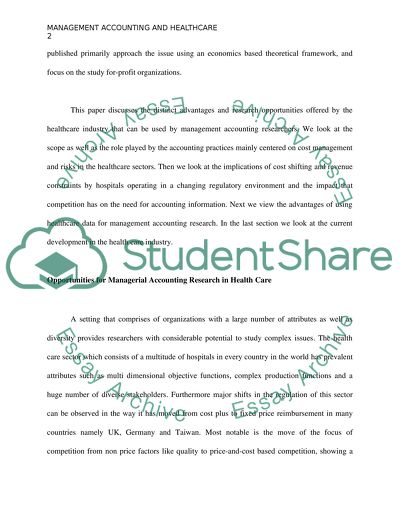Cite this document
(“Management accounting and healthcare Essay Example | Topics and Well Written Essays - 3000 words”, n.d.)
Retrieved from https://studentshare.org/finance-accounting/1414744-accounting
Retrieved from https://studentshare.org/finance-accounting/1414744-accounting
(Management Accounting and Healthcare Essay Example | Topics and Well Written Essays - 3000 Words)
https://studentshare.org/finance-accounting/1414744-accounting.
https://studentshare.org/finance-accounting/1414744-accounting.
“Management Accounting and Healthcare Essay Example | Topics and Well Written Essays - 3000 Words”, n.d. https://studentshare.org/finance-accounting/1414744-accounting.


